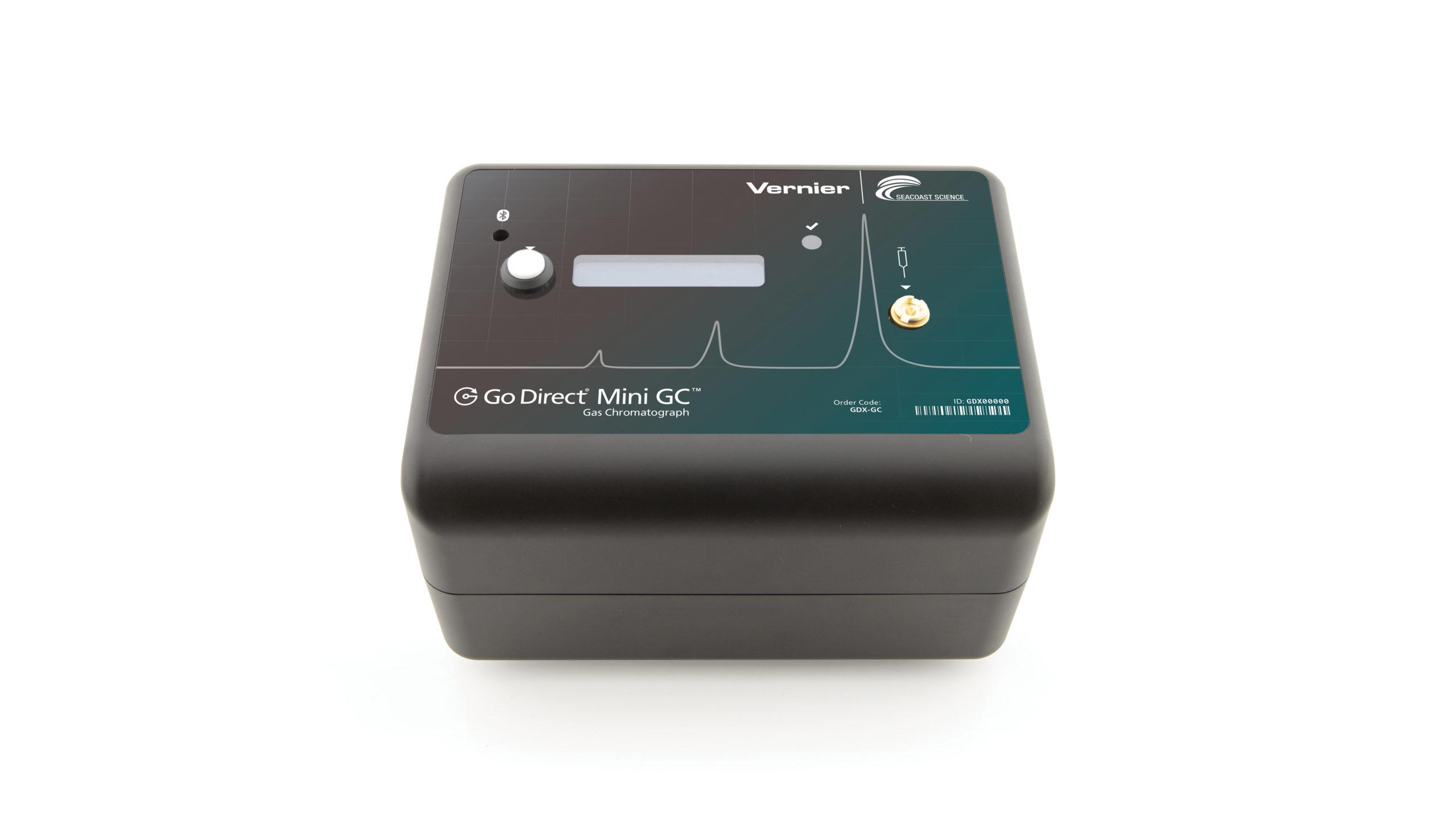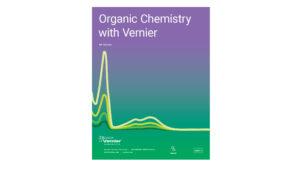Investigating Thermodynamic Relationships of Substituted Hydrocarbons
Experiment #11 from Organic Chemistry with Vernier
- Education Level
- College
Introduction
There are multiple ways to measure the change in thermodynamic parameters (i.e., Gibb’s free energy, ΔG; enthalpy, ΔH; and entropy, ΔS) during a chemical reaction. Gas chromatography provides one methodology for determining these values because the retention times reported are a result of a reaction between the mobile phase running through the column and the stationary phase that resides on the column. Here, you will measure the equilibrium constant experienced between the mobile and stationary phases which will allow you to isolate the ΔG, ΔH, ΔS of the reaction.
The equilibrium constant is referred to as the distribution coefficient, Kc, and it can be expressed in terms of the capacity factor, k′
Kc = k′β
where β is the column phase ratio, a quantity typically given by the manufacturer. The Vernier Mini GC has a column phase ratio value of approximately 200.
Once the equilibrium constant (or distribution coefficient) is known, it is possible to determine various thermodynamic quantities. The standard Gibb’s free energy change involved in the mobile phase-stationary phase transition is calculated by:
ΔG°= –RT ln(Kc)
By analyzing the retention time at more than one temperature, the enthalpy and entropy changes involved in the process can also be found.
ΔG°=ΔH°–TΔS°
Objectives
In this experiment, you will
- Collect and analyze GC data from various samples.
- Calculate the equilibrium constant between the various compounds and the GC column.
- Use the equilibrium constant to identify the change in free energy of solution.
- From the temperature dependent data, calculate the change in enthalpy and entropy of the solution.
- Observe the changes in Gibb’s free energy with the number of carbon atoms in the samples studied.
Sensors and Equipment
This experiment features the following sensors and equipment. Additional equipment may be required.
Ready to Experiment?
Ask an Expert
Get answers to your questions about how to teach this experiment with our support team.
- Call toll-free: 888-837-6437
- Chat with Us
- Email support@vernier.com
Purchase the Lab Book
This experiment is #11 of Organic Chemistry with Vernier. The experiment in the book includes student instructions as well as instructor information for set up, helpful hints, and sample graphs and data.


